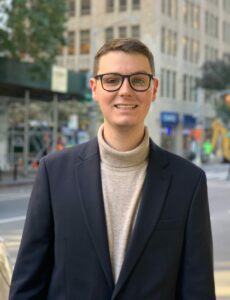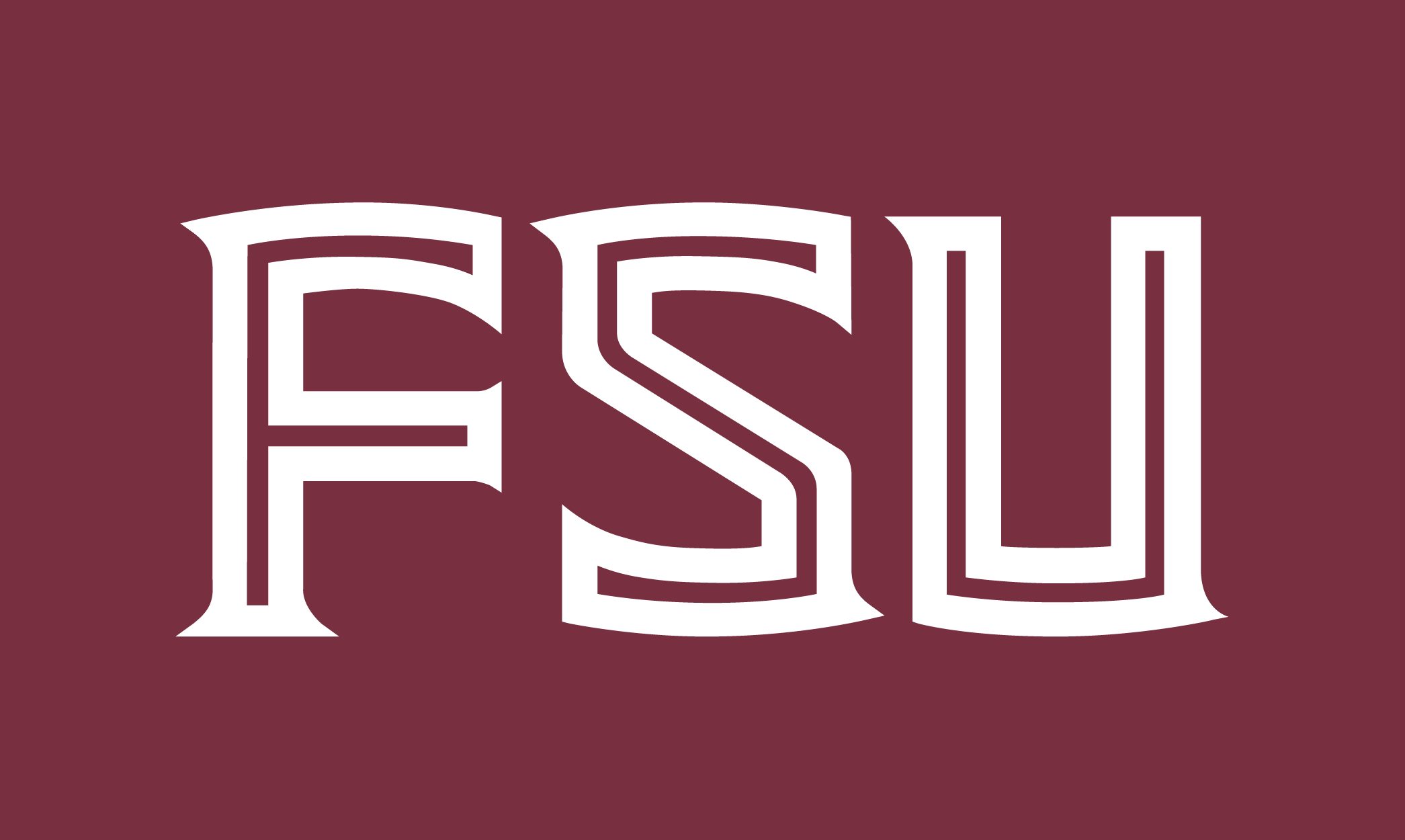 No longer a student and now a full-fledged member of the marketing squad at the HOTH, Sean Flynn, Arrowhead’s 2020-2021 team captain and videographer, talks about the creative process involved in creating a 60-second commercial for the 2021 National Student Advertising Competition sponsor Tinder.
No longer a student and now a full-fledged member of the marketing squad at the HOTH, Sean Flynn, Arrowhead’s 2020-2021 team captain and videographer, talks about the creative process involved in creating a 60-second commercial for the 2021 National Student Advertising Competition sponsor Tinder.
KK: So how did the idea for the brand anthem come about?
SF: We had a lot of routes we wanted to go. But at the end of the day, what we really wanted to do was take from our own experiences on Tinder. We wanted to create something that we would want to see that would inspire us to go on Tinder. The majority of us had the same experience that a lot of users have on Tinder and it was more negative. It felt very judgemental. And we really wanted to bring to light the fact that it doesn’t have to be such a judgemental place. It really could be more of a place for you to be yourself. So we wanted to feature that aspect of it.
In addition to that, we really wanted to make every character unique and stand out. That’s why each one had a unique talent or hobby — to kind of show that you can have unique matches on Tinder.
KK: Awesome. Can you walk us through the creative process — how did you go from brainstorming to developing a concept and script to planning the shoot? Can you walk us through the process?
SF: Yeah, sure. So we started in January. We had about a month to a month-and-a-half before we had to film. Weirdly, the first step is actually trying to figure out the entire vibe of the campaign, that kind of artistic style. That’s the first thing we wanted to decide — what were the colors going to be? Was this going to be more retro, more nostalgic? From there — once we had our colors, our fonts, and knew the vibe and how we wanted it to look — we started to dive deeper.
We tried to find videos that would match the style we were looking at. One company that we looked at a lot was Glossier. They had a couple of different short videos of real users of their products. It was kind of like a day in their lives. So we took inspiration from that. We really felt those videos showed a personal side to the company as well as the people that purchase items from that company. That’s where we really started. And after that, we started writing the script.
So for the script writing process, first we came up with the characters. And then we wanted to match up the characters. We didn’t want to make it cliche. We wanted to show that you can make really crazy, unique connections on Tinder, outside of the real world.
After coming up with the characters, we wrote the script. Then after the script was written, we had to decide on locations, edits, how things should be shot. That was probably the most stressful part for me — trying to figure out how to pre-plan all the shots so that they transitioned well and told the story we wanted to tell.
Because of COVID, we did it all outdoors and we had to split it up over three days. We found multiple locations around Tallahassee to film. From there, the actors met up with us. We filmed. And then the editing process was luckily the easier part. That was just more putting everything together.
It was definitely a good number of steps before we even got to filming because we really had to figure out what the vibe of the campaign was going to be.
KK: So, how many hours of work do you think you put into it?

SF: That’s a good question. We met about twice a week for about two hours each, so I would say close to 75 hours. But that was more just planning. Once you count filming, it was probably between 70 and 100 hours. That sounds crazy. I’m trying to make sure that’s not an exaggeration. But I’m pretty sure because each of the filming days was about eight to 12 hours.
KK: I’m sure you’re right. You might actually be underestimating it. If I had to call it over or under, I might call it under. So, what’s the most gratifying part of this process to you?
SF: I think the most gratifying part of the process is being able to finish the video and show everyone, and get their reactions to it. It’s really all in your head until the final product’s there.
And a really gratifying part is getting to see the judges feedback on it as well because they’re real professionals in the industry. So for me, their opinions really matter. I really want to know what I can improve upon, what was good and what wasn’t. I also think the video really helped the campaign come together as a whole. For people that aren’t readers and are more visual learners, the videos tell the story in a shorter time frame. So it’s really being able to fit the entire campaign in a one-minute video.
KK: Final two questions. You featured two LGBTQ characters as a couple in the video. Can you talk to what the team was trying to portray or the emotions or thoughts they were trying to capture in their characters?
SF: Yeah. This came from research that we were doing on Tinder all semester. We found that members of the LGBTQ community use tinder even though Tinder is not really geared towards them. It’s almost like dating apps put you in a box: if you’re straight, you use Tinder; if you’re looking for friends, you use Bumble; if you’re part of the LGBTQ commuity, you use Grindr or another LGBTQ based dating app. But that’s not necessarily true because a lot of people use tinder as members of the LGBTQ community.
So our main goal was to showcase an LGBTQ couple — even though they’re not a couple in real life — and show the app can be used by anyone — no matter your gender, no matter your sexuality, you can use the app and find really unique connections and find people that you want to hang out with. So that was the thought process behind it. We wanted to make sure that the campaign was diverse. We wanted to make sure that it included all communities.
KK: Thank you. And have you read the judges score sheet yet? How did you feel when you read it?
SF: It felt really good. It was really gratifying on a personal level, but I think it was really gratifying for our creative team as a whole. We were all talking in our group chat about it because we do put a lot in and it’s a lot to put together. So when you get that feedback, it’s good. Even though we didn’t make it onto the next round, the fact that what we were trying to portray was portrayed felt really good.
KK: So what’s next for you, Sean Flynn?
SF: I’m moving to St. Pete with my dog and I’ll be working at theHOTH. But I hope to grow into a position later on that helps to impact the environment. That’s what I wanted to do with advertising this whole time.
I’m inspired by the cigarette commercials we saw as kids. As kids, we saw those commercials — people pulling off their skin, taking out their teeth just to buy a cigarette. Now, at 22, we look around at our generation and outside of people vaping, not a lot of people in our age group smoke cigarettes anymore. Researchers found those commercials had a lot to do with it. So, I take inspiration from that. I feel like those messages were so strong that the same could be done for the environment, for the Earth.
So, that’s what I want to do in the future — work for a company that is more environmentally focused. But, this is my start.
KK: And it’s a good start.
__________________
The Arrowhead Advertising team won first place in District 4 along with awards for Best Storytelling and Best Diversity and Inclusion. They placed 9th at the semi-final round of the national competition.
Arrowhead’s faculty advisor, Kelly Kelly, talked with Sean about his experience at the conclusion of the 2020-’21 competition. Jenna Harris, advertising major at FSU’s School of Communication, edited the interview for the team’s blog.

Comments are closed.